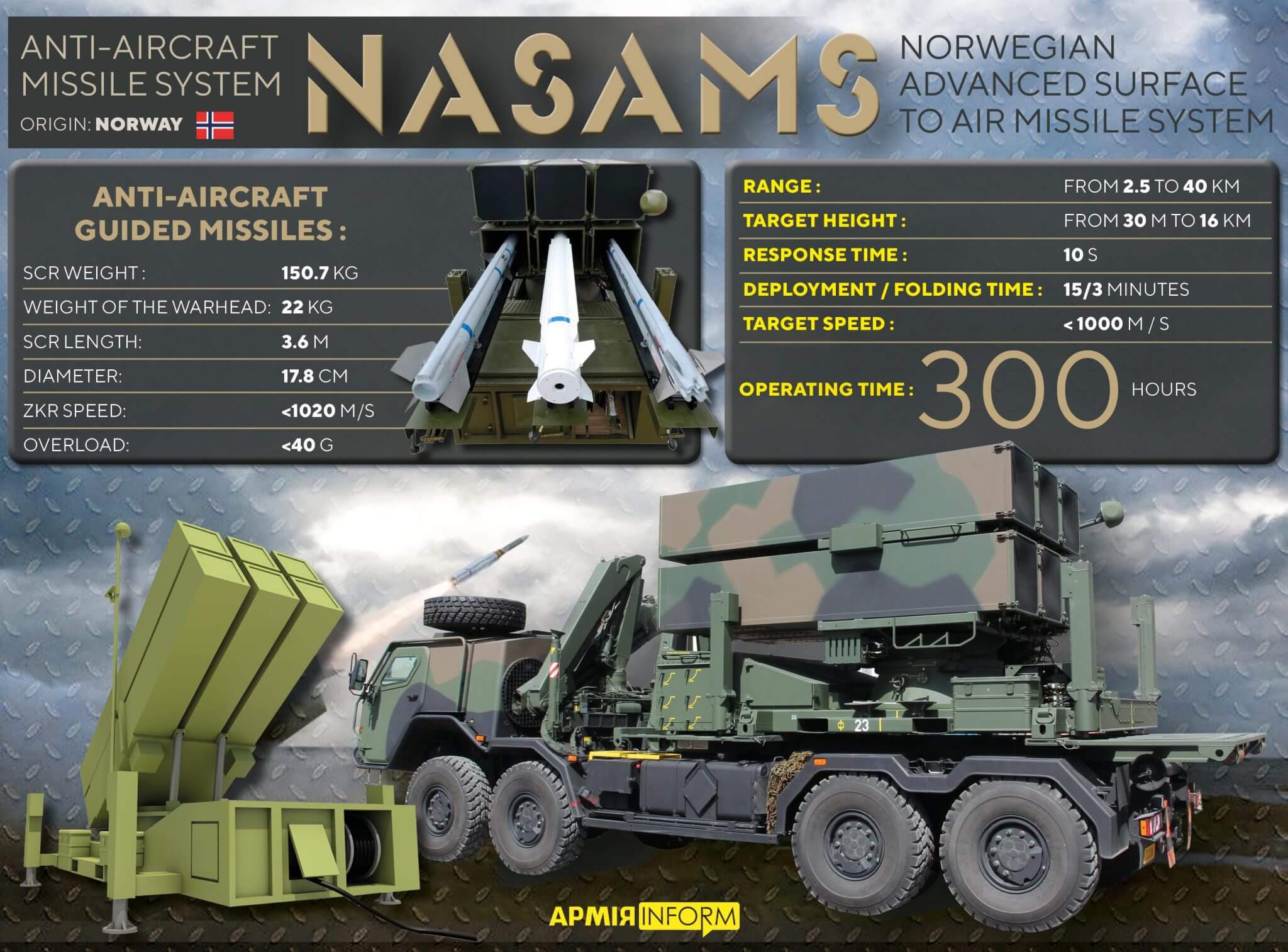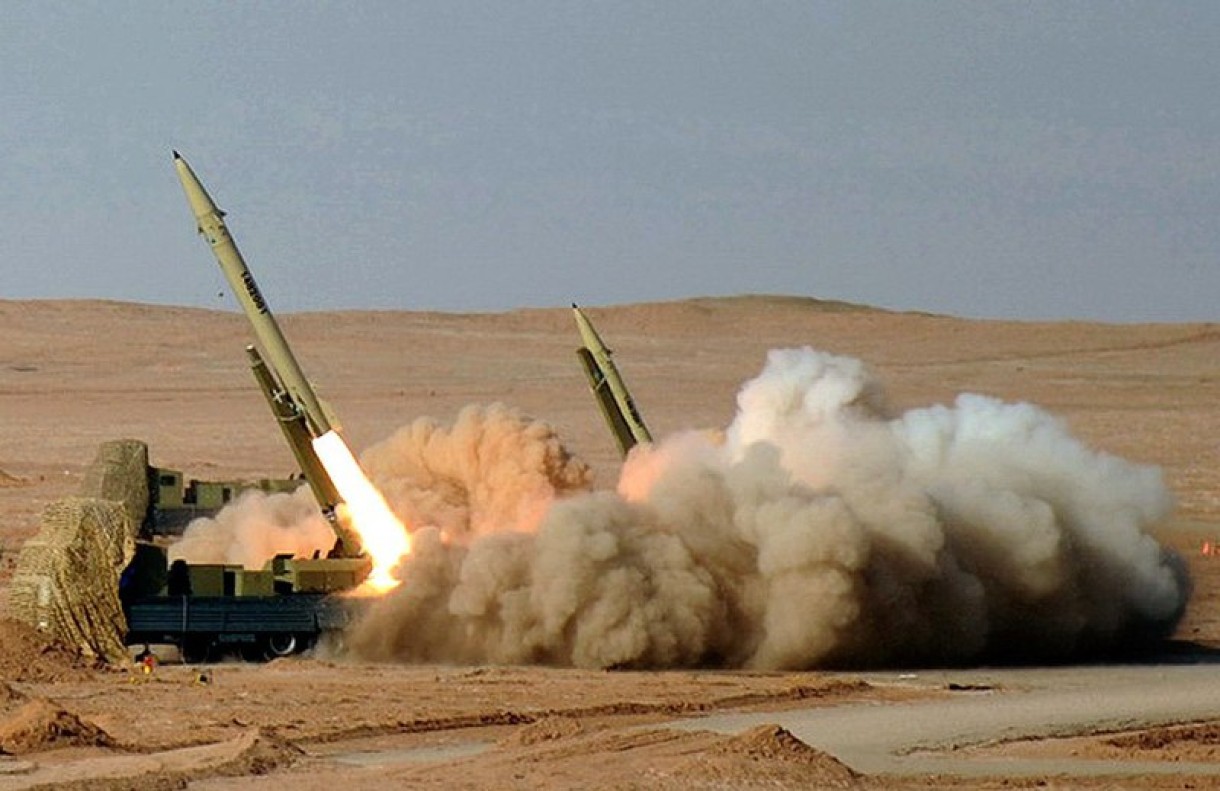Russia’s reported purchase of ballistic missiles from Iran likely has more to do with the US supply of NASAMS & Germany’s IRIS-T to Ukraine than any alarming depletion of its cruise or ballistic missile inventory.
‘Game Changing’ NASAMS Are On Their Way To Ukraine. Is Russia Running Out Of Options Or Has A Plan B?
According to the Washington Post, an intelligence assessment shared with US and Ukrainian officials contends that Iran is preparing to ship short-range Fateh-110 and Zolfaghar tactical ballistic missiles to Russia. The two missiles can strike targets at 300 and 700 kilometers, respectively.
How Desperate Is Russia?
The West is projecting Russia’s procurement of ballistic missiles from Iran as a desperate measure in the face of impending defeat in Ukraine.
The narrative is that Western sanctions on selling critical microelectronic weapon system components to Russia have crippled Russia’s cruise & ballistic missile production capability.
The fact that Russia has reduced the use of cruise missiles since the massive attack against Ukrainian infrastructure on October 10 & 11 is cited as evidence.
The Western narrative is as wishful thinking as fact. While it is likely that Russian missile production capability has been adversely impacted, as we explained in this analysis posted earlier, the setback is expected to be temporary.
Russia has at least two good reasons to reduce its cruise missile attacks on Ukraine.
Firstly, Russia is fighting a peer adversary backed to the hilt by NATO. Its cruise missiles must fly through heavily contested Ukrainian airspace that is surveilled 24×7 by US ISR assets such as E-3 Sentry AWACS & RC-135 variants.
We covered the capabilities of these ISR assets and their significant impact on the Ukrainian war in this analysis posted earlier.
With the operational advent of NASAMS & IRIS-T missile systems, the airspace over critical Ukrainian targets will become even more contested. There is no reason for Russia to waste its stock of cruise missiles trying to attack heavily defended targets.

Game-Changing Advent Of Iranian Drones
Secondly, Russia is successfully attacking Ukrainian infrastructure with relatively cheap Iranian kamikaze drones, such as the Geran-2. So it makes sense for Russian military & political leadership to change track and use more drones, conserving cruise missile stocks and production capacities to cater to a possible escalation leading to a war against NATO.
With the influx of new Western AD systems, cruise missiles will not work for Russia as well as they did in the past eight months. The Western narrative projects this as a setback for Russia. In reality, kamikaze drones have worked better for Russia than ever in the past eight months.
Both the NASAMS & IRIS-T don’t have operationally proven capability to engage the LO Geran-2 drones reliably! If that was not bad enough, Russia has access to an inexhaustible source of kamikaze drones in Iran!
Advantages Of Buying Iranian Missiles
As if the threat posed by Russian kamikaze drones is not bad enough, Russia has gone ballistic over the West’s latest attempt to prolong the war and inflict more casualties on Russia by providing Ukraine with new AD systems.

There is a good reason why Russia is buying ballistic missiles. There is an even better reason why they are buying Iranian ballistic missiles.
NASAMS & IRIS-5 have no operational capability against ballistic missiles. Russia is buying Iranian, not because it is running out of Iskander missiles, but because the cost-effective simplicity of Iranian missiles makes more sense to fight Ukraine.
No doubt Iranian ballistic missiles are technically inferior to Russian missiles. They don’t feature canisters launch and thrust vector control (TVC) for steering (they steer the old way using fins and cable ducts!).
Their ballistic trajectory is predictable; they don’t feature ABM (anti-ballistic missile) evasion capabilities such as end-game maneuvering. However, the missiles have a proven track record.
Iran has successfully and reasonably accurately struck US bases in Iraq. Iranian missiles are a very cost-effective option for Russia to attack Ukrainian infrastructure.
Russia is using its Iskander missiles sparingly, not because Iskander stock is depleted but because the Iskander is designed to hit very high-value targets defended by ABM systems.
The missile follows a difficult-to-predict quasi-ballistic trajectory cruising at hypersonic speed. It uses a combination of inertial, GPS, TERCOM (Terrain comparison) for navigation, and digital scene mapping (DSMAC) for target recognition. At the end of its 400 to 500-kilometer flight range, the missile strikes with a CEP of mere 5-7 meters.
Hitting Ukrainian infrastructure targets with Iskander would be very expensive overkill. More typically, the missile would be used for taking out senior NATO officers at a meeting at Ramstein air base in Germany!
Russia needs to conserve its Iskander stock and manufacturing capability for a war with NATO on the justified assumption that the war with Ukraine is a sideshow.
Russia has gone ballistic – not out of desperation, but out of a cool-headed strategy to fight the battle on hand while remaining prepared for the larger battle ahead. Russia has undoubtedly been on the defensive, but it was on the defensive on February 24, 2022, when it launched the Special Military Operation.
- Vijainder K Thakur is a retired IAF Jaguar pilot. He is also an author, software architect, entrepreneur, and military analyst.
- Reach out to the author at vkthakur (at) gmail.com
- Follow EurAsian Times on Google News




